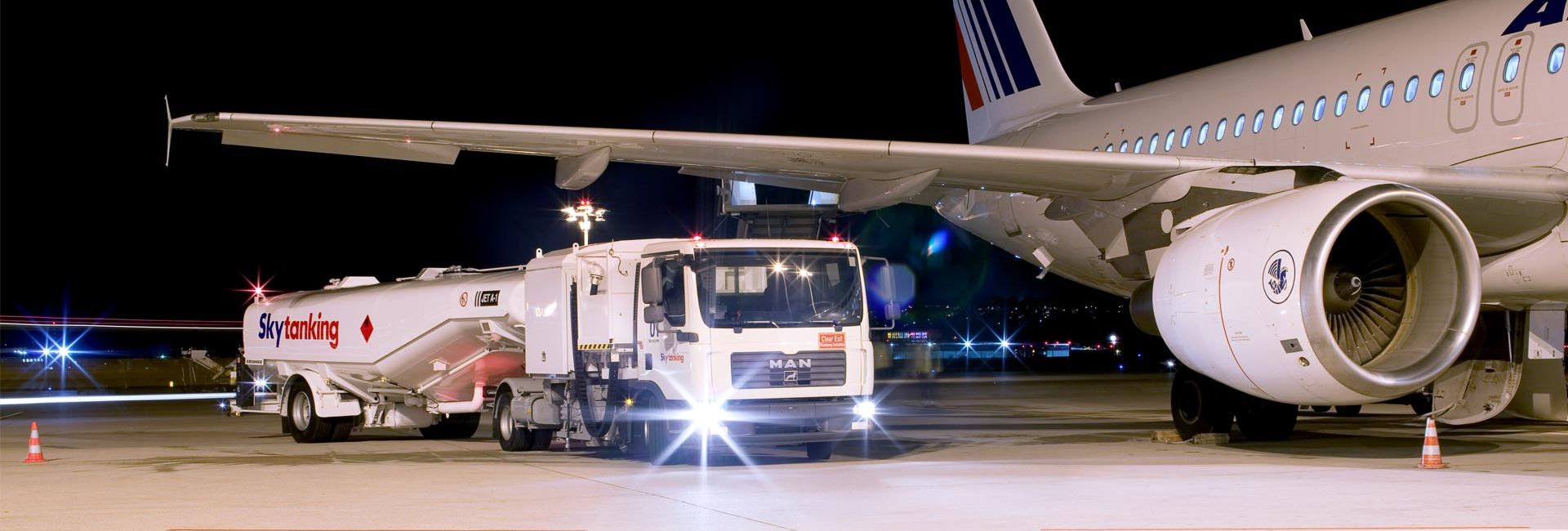Additives & Fuel Dyes
Additives are oil-soluble additive agents or active substances that are added to propulsion fuels, heating fuels and lubricants in order to achieve or optimize certain traits and/or suppress undesirable characteristics. For example, additives alter or improve, by chemical and/or physical action, the properties of fuels in terms of their oxidation stability, ignition quality and knock resistance, the characteristics of lubricants in terms of their friction properties, and the properties of heating oils regarding their storage stability/aging resistance (for example ERC additives).
In propulsion fuels these additives can also prevent deposits in the engine, keep the engine intake system clean, reduce the emission of pollutants in the exhaust gas, and prevent the corrosion of metal parts in the fuel system. Certain additives can increase the cetane number in diesel engines, for example, and thus the ignition quality of diesel fuel, improving the combustion of the fuel in cold conditions. The “nailing” noise in the engine can also be reduced.
Additives for lubricants – lubricants are a mixture of base oils and additives – are mainly used in lubricating oils, coolants, and greases. In lubricants, a number of additives serve to improve frictional behavior, e.g. anti-wear additives, extreme pressure additives, friction modifiers and viscosity index (VI) improvers. Other required lubricant traits are achieved by adding antioxidants, corrosion inhibitors, defoamers/anti-foam additives, as well as biocides in water-miscible lubricants, surfactants and emulsifiers, wetting agents and dispersants, and possibly alkaline additives for acid neutralization in marine diesel engines. In lubricants, the proportion of additives in the finished product is usually between 5% and 30%.
Additives should not be confused with “fuel dyes” (markers) that are added to certain petroleum products and play an important role. Dyes are added to fuels in Germany and other countries for statutory, tax and safety reasons. For example, fuel used for heating is taxed at a different rate than fuel used in vehicles. Aviation gasoline – avgas – is also dyed for tax and safety reasons. For example, avgas 80 is dyed red and avgas 100 green.
Status: December 2015
All information subject to change. Errors and omissions excepted.

